How To Paint Watercolor Cherry Blossom (In 15 Minutes!)
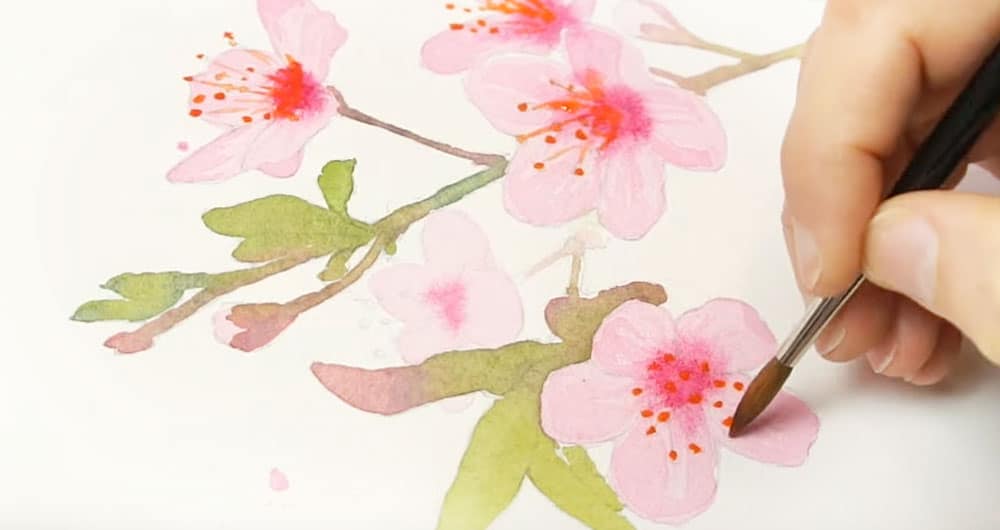
You can make this cherry blossom watercolor painting, and I’ll show you how to do it in just 4 easy steps.
And you don’t need any skill with watercolors. Whether you’re a beginner or you’ve been practicing watercolors for a while, I’ll show you everything you need to do, and explain all the techniques as you go along, so you’ll also be “learning by doing”!
I love springtime! And I’ve been wanting to paint some cherry blossoms for the past few weeks.
I finally got the chance to put brush to paper… so If you’ve been itching to paint something like this, I hope you’ll give this a try for yourself.
Watercolor Cherry Blossom Tutorial – Step by Step
This is the reference photo I created for this project. When confronted with a new subject I think one of the trickiest things is figuring out where to begin, and how to break down the painting process into manageable parts.
So I’ve done that process for you!
My objective with this quick lesson is to simplify the way to paint with watercolors and make it easy to follow. This way, you’ll be able to apply the same principles to other things you’d like to paint!
This cherry blossom painting makes use of wet-on-wet and some wet-on-dry techniques. Let’s have a look at the simple steps involved in this project:
- The first thing is to transfer the sketch to a sheet of paper
- Then we’ll paint the flowers using a wet-on-wet approach
- Next we’ll paint the stems and leaves also using a wet-on-wet technique
- And finally we’ll add some details using wet-on-dry brush strokes.
And as a bonus, the whole painting should only take about 15 minutes!
Try This Painting Yourself!
If you’d like to try this painting yourself you can download the traceable outline for free below. I also offer a special series of free watercolor lessons for anyone who signs up to my email newsletter. This is entirely optional (you can skip this and just grab the free stuff below).
You’ll also find a link to my Patreon membership where you can get ad-free video tutorials, plus other exclusive bonuses that I only share with members of my Patreon channel. Follow the link to find out more...
Step 1
Transfer the sketch outline onto a sheet of watercolor paper. Tracing speeds up the process so you can get to the painting part more quickly! And you only need a light outline with very little detail.
Tape down your sheet onto a board using low tack masking tape. This can be useful if you want to turn the painting to make certain brush strokes more easily accessible, rather than having to twist your hand in awkward positions…

Step 2
Start painting the petals using a very diluted mixture of pink paint. You might be surprised how little paint, and how much water you need to achieve a light-toned pink color.
Notice that the first petals I’m painting are in the background, so I painted these a very light pink to create a sense of depth in the finished painting.
Continue painting all of the other petal shapes with a slightly richer mix of pink. Try to do this stage quickly so the shapes are all damp, then start charging in a stronger mix of pink into the center of the flowers. The pigments will spread nicely into the underlying damp wash of color. This is a wet-on-wet technique called charging-in.
So long as the surface is still damp you can add more pigment to the center of the flowers until you’re happy.
This completes the first step. Now you can leave the paint to dry before moving on.
Step 3
Start painting the stems and the leaves. I began with the flower buds, using a neutral mixture of pink, then started painting the adjacent leaves in green.
The trick here is to paint these as if they were one big shape, varying the color on your brush as you progress. Use very wet brush strokes so you have time to change colors as you paint without the first brush strokes drying. As a result the paints will merge into each other creating a beautiful soft transition of color.
I keep alternating between neutral pink and dull green to get a nice variety of color in the leaf shapes. Painting a shape with a continuous wash of color like this is known as a variegated wash technique.
Keep varying your colors as you progress down the stem, adding some brown into the paint mixture. When you reach the end of the stem, dilute your paint some more to give the impression that the stem fades out.
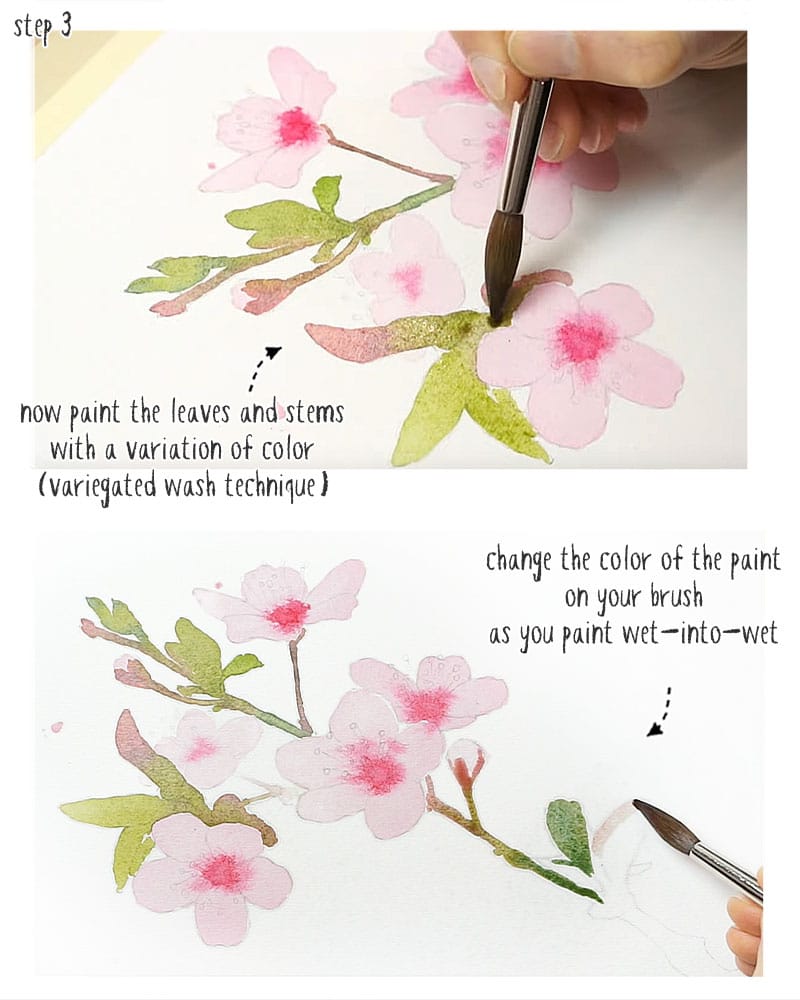
Step 4
After you’ve let everything dry, now you can add a few final details.
These will be painted with a wet on dry technique, in other words you’ll paint directly onto a dry surface, as opposed to a damp shape.
Change to a smaller brush more suitable to painting fine details. Using a very diluted mixture of pink, I started adding some texture to the petals, using lines radiating towards the center of the flowers.
Then using a mixture of orange paint, I added some tiny dots of color and a few thin lines to represent the center of the cherry blossoms.
Apply these details to the center of each flower, but for the blossom in the background, use a more diluted mixture of paint and add a few less brush marks.
Now the cherry blossoms are almost finished… For the final step I continued painting with a wet-on-dry method, adding a few brush marks to the leaves and the stems. Just a few light brush strokes is all you need to create a bit more depth to these elements of the painting.
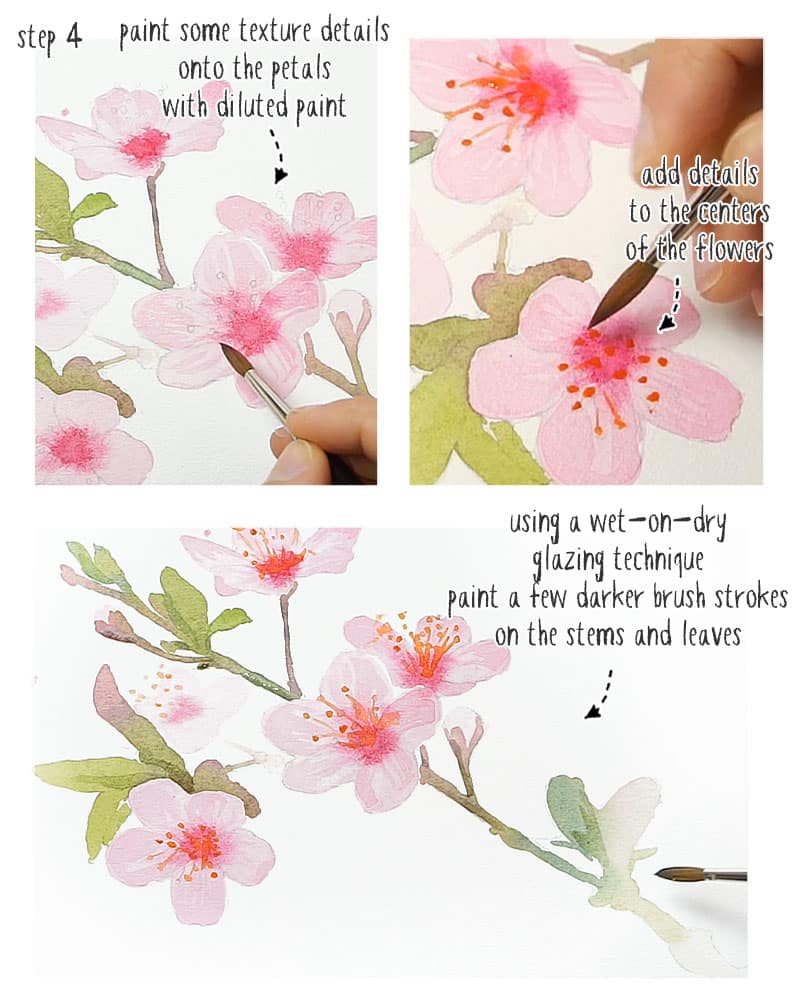
Next time you tackle a watercolor painting try to break down the subject into steps like we did in this demonstration. It’s a great way to train yourself to think in “layers”.
Most watercolors can be done in just three or four layers to achieve a convincing result 🙂
Now go check out this other lesson where I’ll show you how to paint a cupcake in 4 easy steps…


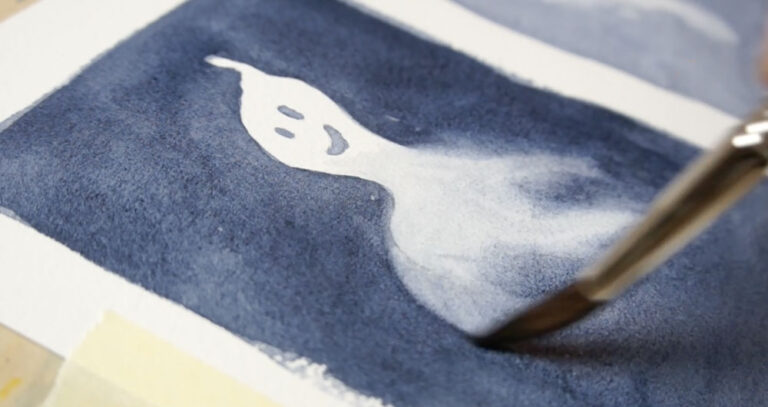
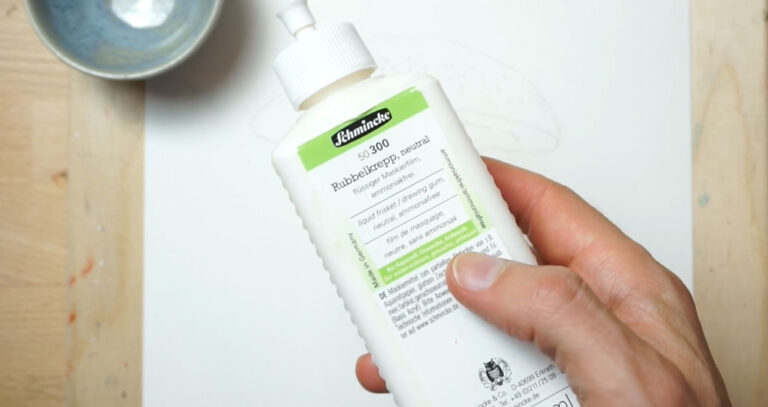
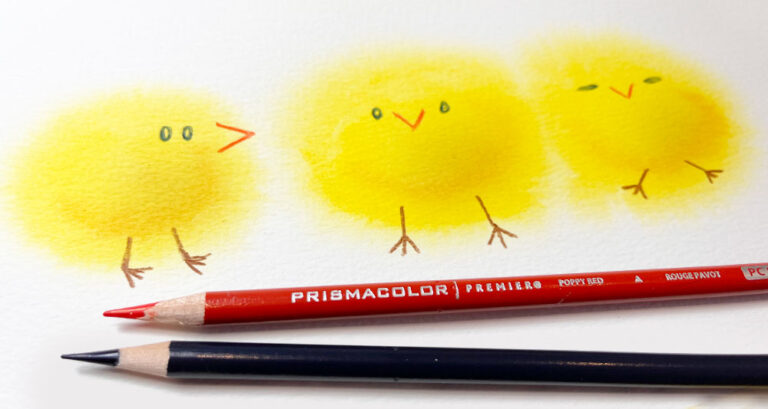
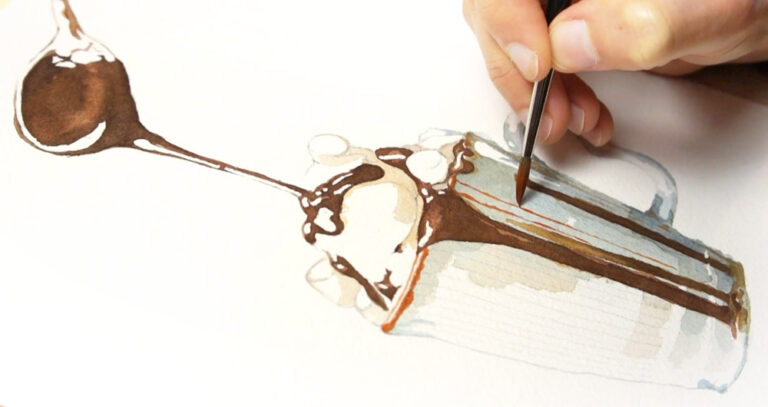

Beautiful! I love that you break it down for us. (then it seems so obvious lol). I’m going to try this. Do you have a reference photo? I only see images of your painting, which is fabulous, but I’d like to try it from a photo
Hi Suzi – Glad you like it 🙂
The reference photo and other guide material is available for my Patreon members. You can find out more here…
Anthony, I bought your course and cannot download the outline and other sketches? Can you help?
Hi Mary
Sure… The outline can be downloaded in the section called “Try This Painting For Yourself”.
Or click here
Thank you, perfect timing . Spring!
Enjoy Ginny 🙂